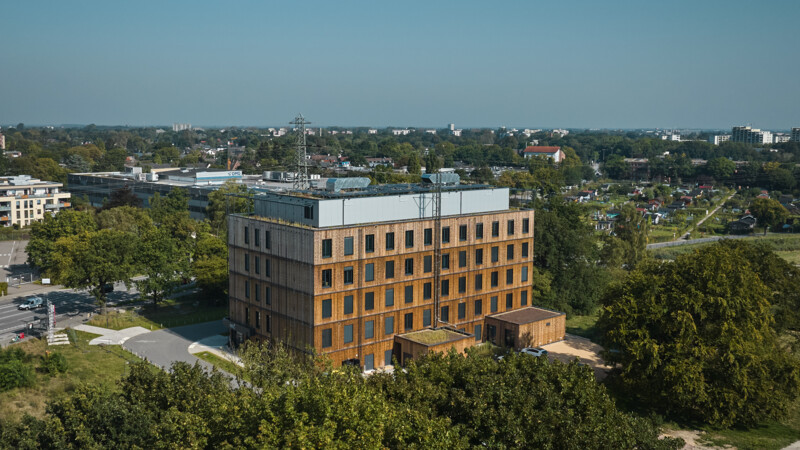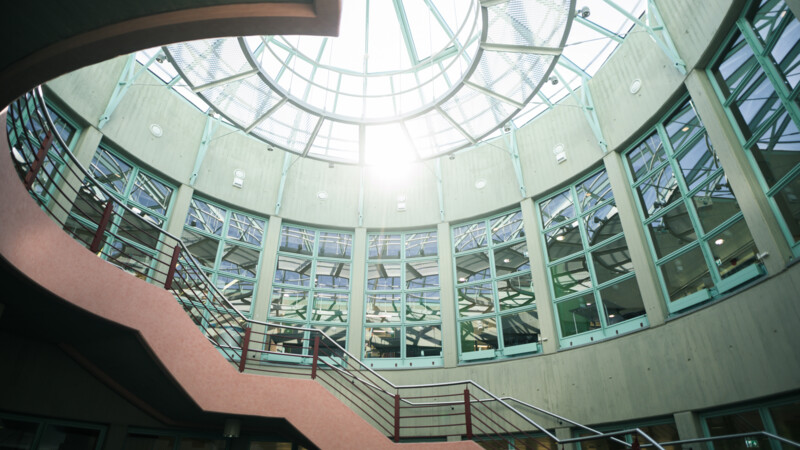"We will now build the world's best 4D X-ray microscope in the world," said Beate Heinemann, Chair of the DESY Board of Directors. Petra IV, the most powerful X-ray microscope in the world is being built on the DESY campus in Hamburg. The research infrastructure will enable high-precision analyses of molecular structures on the nanoscale with unprecedented resolution and speed. The synchrotron radiation also enables four-dimensional imaging including temporal processes in realistic conditions and opens up new perspectives for basic scientific research. Applications range from bio- and quantum technologies and sustainable materials to new batteries, microelectronics, and materials research. "Petra IV offers enormous opportunities for cutting-edge research and innovation," Heinemann added. It is also essential for European technological and data sovereignty and especially when competing with the US and China.
The German Ministry of Research, Technology and Space (BMFTR) has prioritized DESY's X-ray light source Petra IV and the particle detector IceCub-Gen2 as "research infrastructure of national importance", Dorothee Bär, German Research Minister announced, according to a press release Tuesday (July 8, 2025). The categorization is part of the minsitry's "Prioritization Procedure for Large Research Infrastructures". DESY's projects exemplify scientific excellence, high innovation and transfer potential and thought-out planning. The BMFTR will now hold talks with the participating institutions and federal states. PETRA IV will be several times more brilliant, more precise and faster than the existing PETRA III facility and will also be able to "film" nanoscopic structural changes – hence the name 4D. The costs of EUR 1.7 billion will be footed by the German government and the state of Hamburg.
"World's best 4D X-ray microscope" to be built in Hamburg
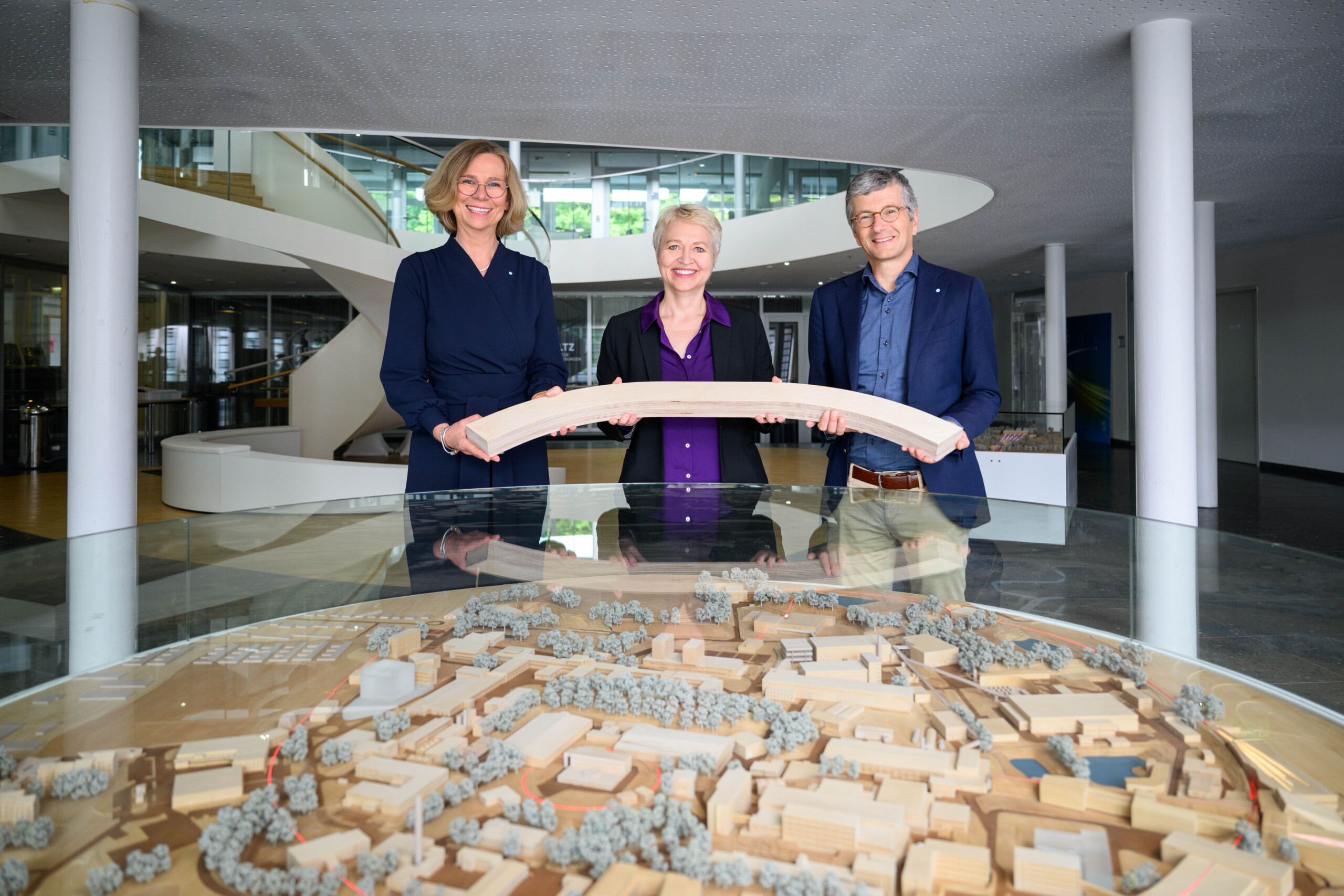
Boosting innovation at Science City Hamburg Bahrenfeld
"This future-oriented project will enable researchers in Hamburg to find solutions to the major challenges of our time using the world's most powerful synchrotron radiation source – whether in the design of sustainable technologies, the development of new medicines or research into new energy concepts," said Maryam Blumenthal, Senator for Science, Research and Gender Equality. Peter Tschentscher, Mayor of Hamburg, stressed the outstanding importance of R&D to key issues in future. It is crucial to the further development of DESY and Science City Hamburg Bahrenfeld, which will establish Germany as a leading international centre for science." IceCube-Gen2, the international neutrino telescope, is the powerful upgrade of the IceCube detector that has been in operation at the South Pole since 2010. It will able to detect significantly more cosmic "neutrinos", i.e. electrically neutral elementary particles with a very low mass. The aim is to gain new insights into their sources, the Earth's atmosphere and the properties of Antarctic ice.
mm/sb/pb
Sources and further information
More
Similar articles
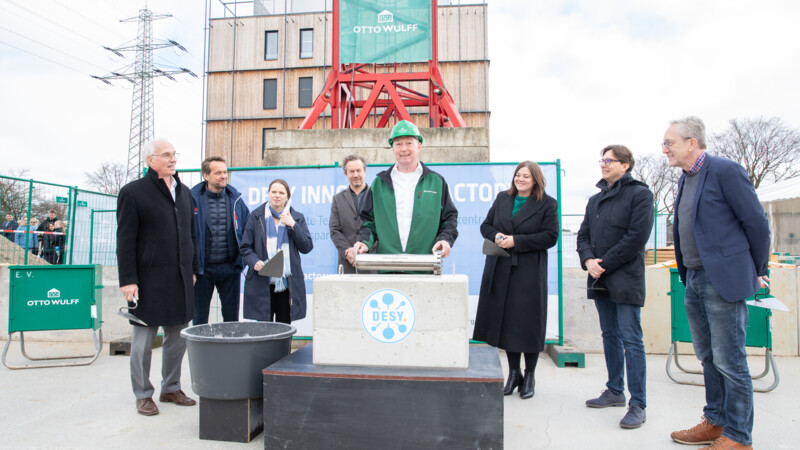
Construction begins on DESY Innovation Factory 2
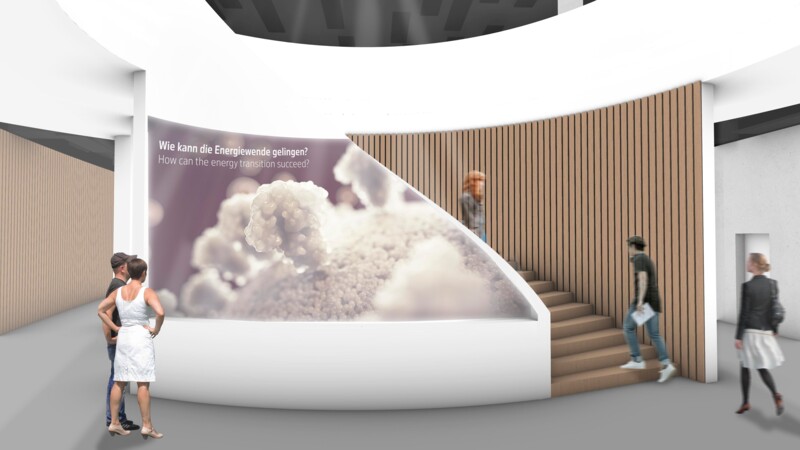
DESY's visitor centre taking shape
